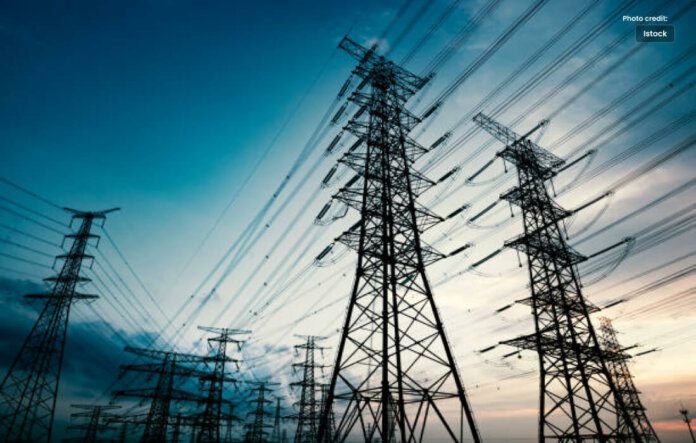Explore the electricity grid: component, functioning, and reliability.
Introduction
In today’s technology-driven world, electricity is the lifeblood that powers our homes, businesses, and industries. Behind the scenes of every flickering light and humming appliance lies a complex web known as the electricity grid. Further this blog aims to demystify the intricate workings of the electricity grid, shedding light on its key components, functionality, and the vital role it plays in sustaining our modern way of life.
The Electricity Grid Unveiled
At its core, the electricity grid is a vast interconnect system that enables the generation, transmission, and also distribution of electrical power across large geographical areas. It is composed of three main components:
- Generation: Electricity is generate at power plants using a variety of sources such as fossil fuels, nuclear energy, hydroelectricity, wind, and solar power. This generate power is in the form of alternating current (AC).
- Transmission: High-voltage power lines transport electricity over long distances from power plants to substations. Transformers are use to step up the voltage for efficient transmission and step it down for distribution.
- Distribution: Substations further step down the voltage for safe distribution to homes, businesses, and industries through local power lines. Distribution networks are equipper with switches, breakers, and other devices to ensure reliable power delivery.
The Functioning of the Grid
The electricity grid operates based on principles of supply and demand. Power plants generate electricity based on the predicted demand, and this electricity is fed into the transmission lines. Grid operators continuously monitor and adjust the flow of electricity to maintain a balance between supply and demand. This real-time management ensures a stable and reliable power supply.
Significance of the Electricity Grid
- Reliable Power Supply: The grid ensures a consistent and reliable power supply, enabling us to light our homes, power our devices, and run industries without interruption.
- Economic Growth: Industries and businesses rely on the grid to function efficiently. A stable power supply drives economic growth and innovation.
- Renewable Energy Integration: The grid facilitates the integration of renewable energy sources like wind and solar by distributing their power to where it’s needed most.
- Emergency Response: Grid operators can quickly reroute power during emergencies, minimizing disruptions and aiding in disaster recovery efforts.
- Smart Grid Technology: Modern grids incorporate smart technology for real-time monitoring, enabling more efficient power distribution and reducing wastage.
Challenges and Future of the Grid
As society evolves, the electricity grid faces challenges such as aging infrastructure, increasing demand, and the integration of renewable energy. Innovations like energy storage systems and advance grid management techniques are being developed to address these challenges. The future grid envisions greater use of clean energy, increased grid resiliency, and improved energy efficiency.
Conclusion
The electricity grid stands as a marvel of modern engineering, facilitating the seamless flow of power from generation sources to end-users. Its intricate web of generation, transmission, and distribution components ensures that we can enjoy the benefits of electricity with just the flip of a switch. Further As we continue to advance technologically and environmentally, the electricity grid will remain at the heart of our efforts to power a sustainable and connected world.




